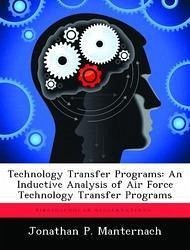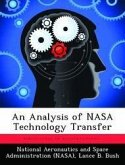With a limited research and defense budget, cost effective methods of meeting security objectives are crucial. An exploratory investigation of Air Force (AF) technology transfer programs will be addressed in this paper. These programs incorporate dual-use opportunities within their portfolio. There will be a description and discussion of the following technology transfer programs: Small Business Innovation Research (SBIR), Small Business Technology Transfer (STTR), Dual-Use Science and Technology (DUS and T), Technology Transfer (T2), and Independent Research and Development (IR and D). In addition, the description, focus, and requirements of the following technology transfer agreement mechanisms will be discussed: Cooperative Research and Development Agreement (CRADA), Educational Partnership Agreement (EPA), Commercial Test Agreement (CTA), Patent License Agreement (PLA), Technology Investment Agreement (TIA), and Partnership Intermediary Agreement (PIA). A benefit of the technology transfer programs is their enhancement to both U.S. security and competitiveness through investment in dual-use technology This research used a mixed method strategy to collect data, which incorporated data from previous literature on technology transfer, current program data, and semi-structured interviews that included both open and closed ended questions. This method allowed the researcher to converge on the broad results in order to focus on detailed views from the interviewees as well as clarify qualitative data. The findings from this research suggest similarities and differences exist within the technology transfer programs and their agreement mechanisms. Such as project and funding size, as well as scope, and benefits. Finally, the interview process highlighted areas within technology transfer which can be improved.
Hinweis: Dieser Artikel kann nur an eine deutsche Lieferadresse ausgeliefert werden.
Hinweis: Dieser Artikel kann nur an eine deutsche Lieferadresse ausgeliefert werden.








